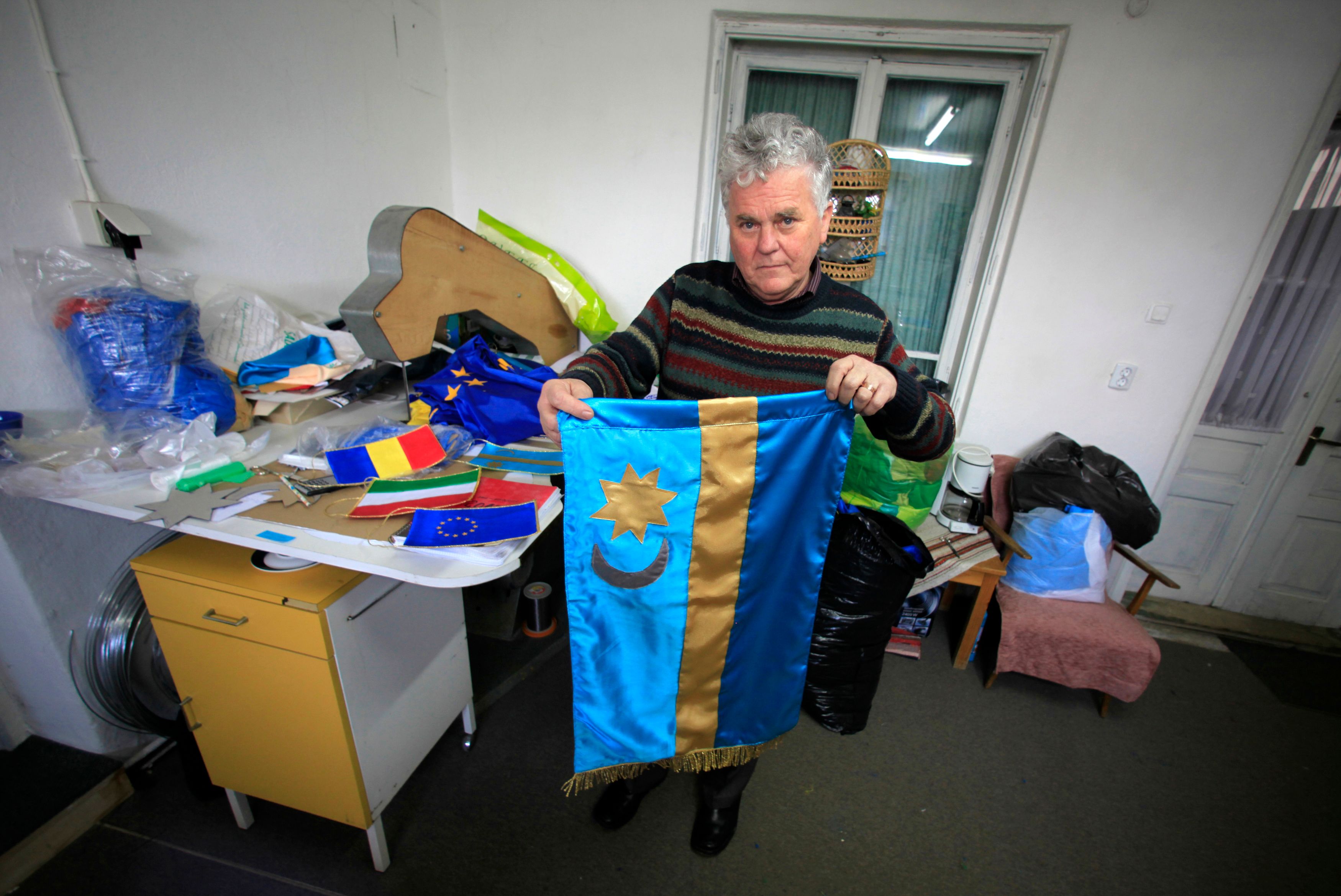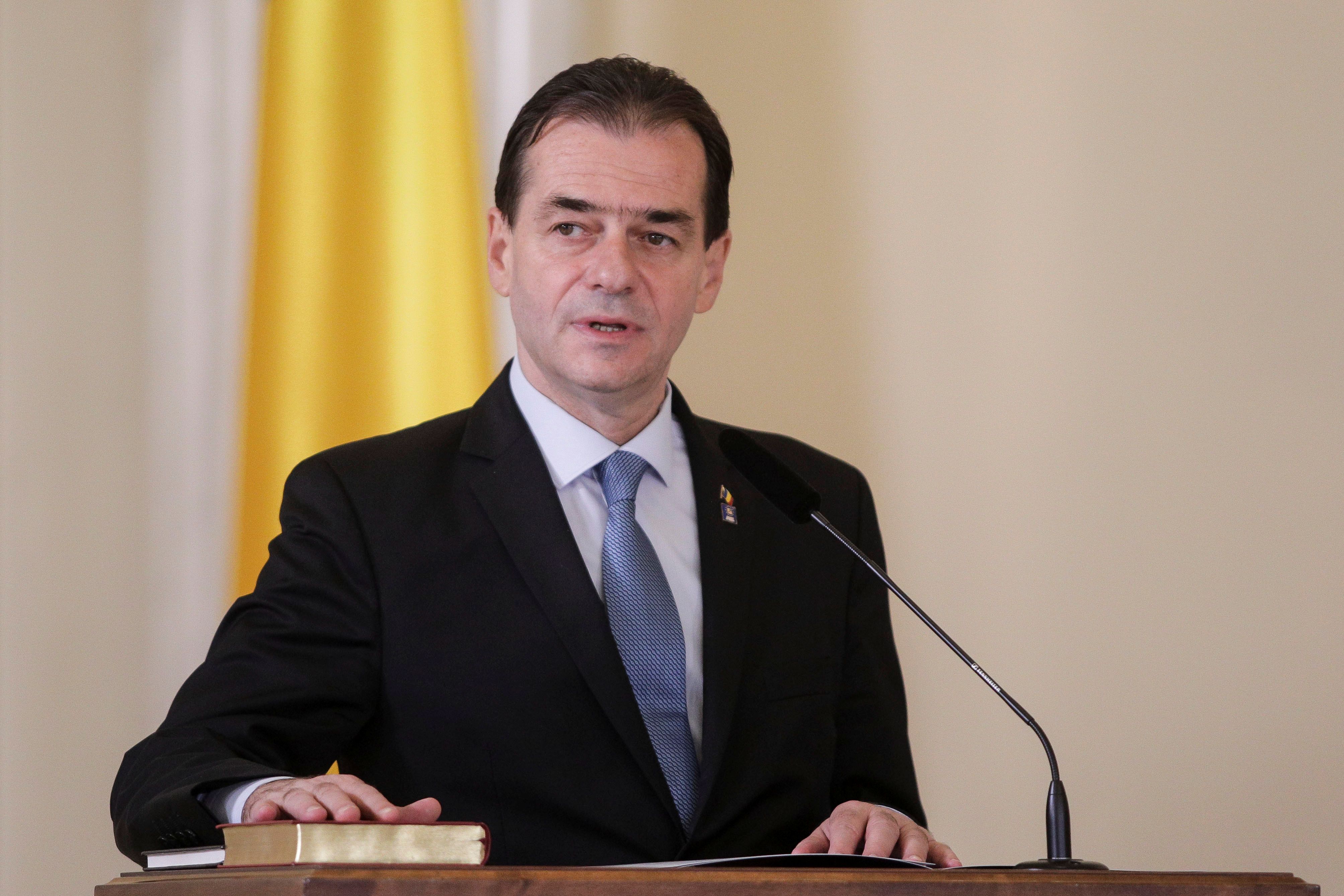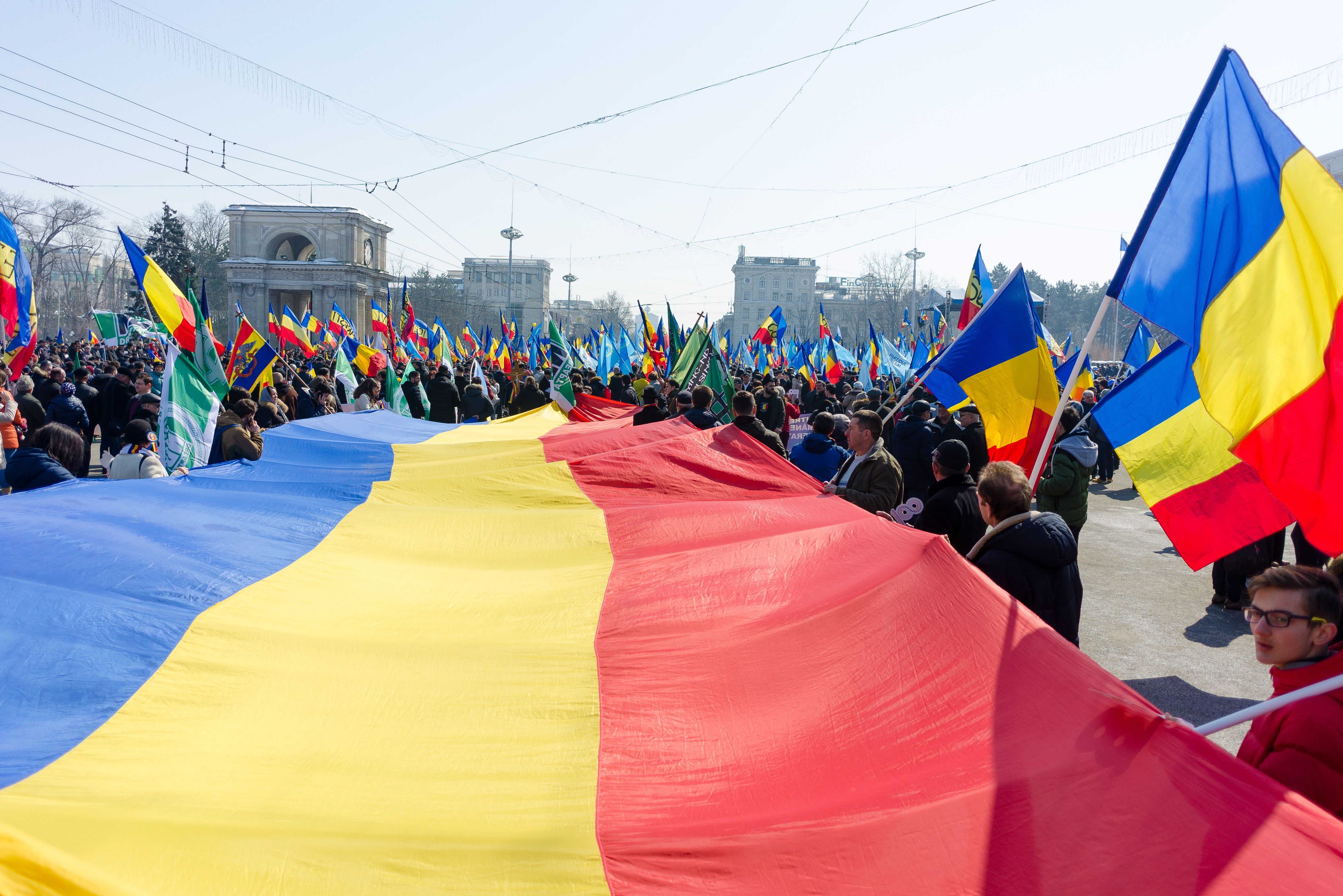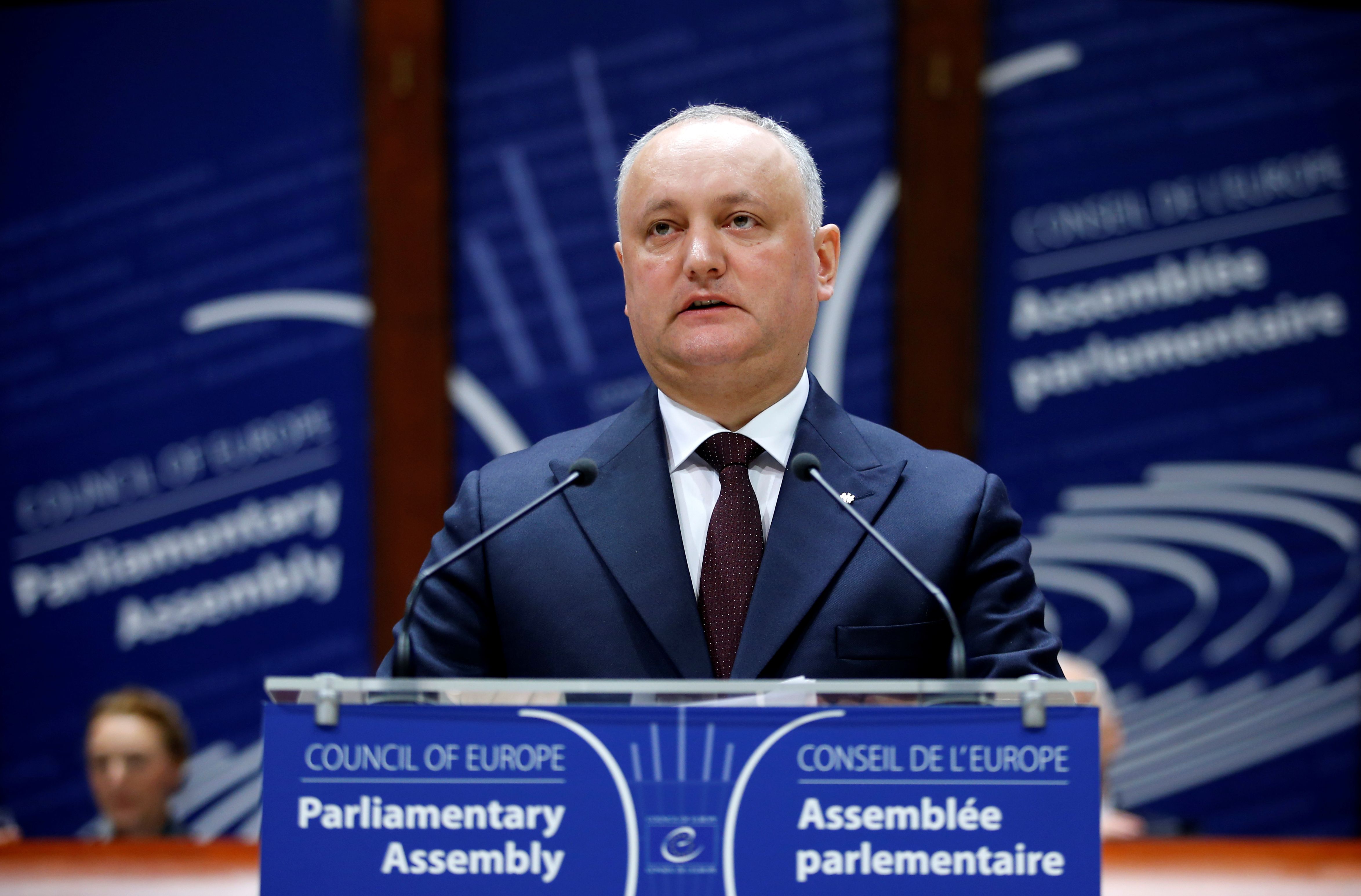Romania on the Centenary of the Treaty of Trianon

How important is the Treaty of Trianon in the historical memory of Romanians?
The central national myth of Romanians is their aspiration since the Middle Ages to unite into one state all lands they inhabit: Wallachia, Moldova, and Transylvania. Romania’s participation on the side of the Entente in the First World War enabled the country to gain lands from Austria-Hungary—Austrian Bucovina and Hungarian Transylvania, together with significant parts of Crişana, Maramureş, and Banat. The signing of the peace treaty with Hungary at Trianon on 4 June 1920 is treated in Romanian historiography as formal confirmation of this victory, but the central event was the so-called “Great Union”, proclaimed on 1 December 1918, in Alba Iulia of the unification of Transylvania with Romania. The anniversary of this even is Romania’s main national holiday.
What is the status of the Hungarian minority in Romania?
According to the 2011 census, Romania has 1.22 million citizens declaring Hungarian nationality, representing 6.1% of the population. About half of them are concentrated in eastern Transylvania, in Szeklerland, in the counties of Harghita (85% ethnic Hungarian), Covasna (74%), and Mureş (39%). Romanian Hungarians benefit from constitutional protections to develop and express their ethnic, cultural, linguistic, and religious identity. Among others, they have the right to study in Hungarian, including at the university level, and to use the language in administrative matters in localities where ethnic Hungarians are at least 20% of the population. Their political representation is UDMR, an ethnic umbrella party with no profiled ideological programme. Its MPs have been in the Romanian parliament since 1990. In the 2016 elections, UDMR received 6.2% of the vote.
What did the draft law on Szeklerland autonomy stipulate?
Since its establishment in 1989, the UDMR has called for territorial autonomy for Szeklerland. It justifies it as the need to protect the identity of the region’s inhabitants and accelerate development—GDP per capita in 2019 constituted 68-81% of Romania’s average. UDMR proposed bills on this matter in 2004, 2005, and 2018. The latest, announced at the end of 2019, would grant legal status to the region as an autonomous territorial unit. It would have a directly elected president and a local council as a parliament. It would have its own national and regional symbols and its official languages would be Romanian and Hungarian. Autonomy must be approved by a referendum held in Szelerland, and later, only a referendum would allow it to be abolished.
How did the Romanian authorities react to the bill?
The Chamber of Deputies failed to respond before the deadline to consider the UDMR project, and as a result, it was tacitly accepted and transferred to the Senate. On 29 April, it was rejected by 126 of 135 senators, so all but UDMR. It was deemed unconstitutional because Romania’s constitution declares it to be a homogeneous and indivisible state. President Klaus Iohannis, associated with the minority government of the National Liberal Party, used this case to strengthen his party’s popularity, tarnished by the COVID-19 pandemic. He accused Marcel Ciolac, speaker of the chamber and leader of the largest parliamentary group, Social Democratic Party (PSD), of betraying national interests in favour of Hungary in order to discreetly adopt the bill, prevented only by presidential intervention. To distance the party from this accusation, PSD proposed to celebrate 4 June as the Treaty of Trianon Day, which parliament approved.
How does the historical dispute affect Romanian-Hungarian relations?
Despite the strategic partnership signed in 2002, Romania’s relations with Hungary are dominated by distrust. Romanian society fears Hungarian revisionism. According to an INCOP poll from 2019, Hungary is viewed as the greatest threat to Romania after Russia. In the poll, 63% of respondents said Hungary wants control of Transylvania. Such sentiments are influenced by the politicization of the memory of Trianon by the ruling Fidesz party in Hungary, which seeks the votes of Romanian Hungarians—more than 500,000 also have Hungarian citizenship. Romanians often see the annual speeches by Prime Minister Viktor Orbán at the Hungarian summer university in Romanian Băile Tuşnad as aimed at undermining the loyalty of Romanian Hungarians. Tensions between Romania and Hungary have also resulted from incidents between nationalists, such as the clashes at the Romanian war cemetery in Valea Uzului in Szeklerland in 2019. They weaken bilateral cooperation, but not regional (Central European) efforts.





